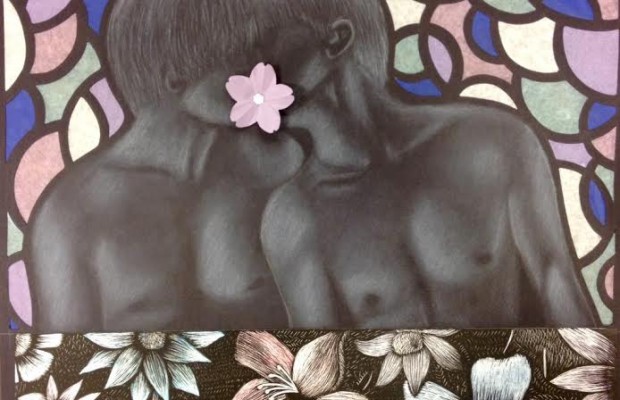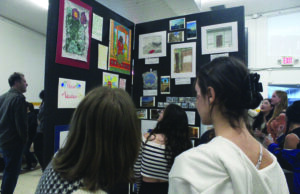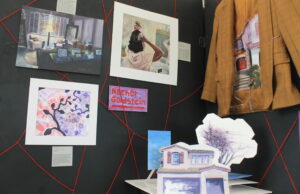Art show censorship

Recently, art teachers announced that three student pieces will be pulled from the annual NPHS art show because of explicit content, which includes implied nudity and obscene language.
After entering a piece that featured a presumably naked person holding a large sign that read “no hunting without permission”, Sabrina English, senior, was denied her submission into the art show.
“I made this work to highlight a very real problem that affects our society,” said English. “The severity of unwanted sexual advances is something that I do not believe is talked about enough at school, and it is an injustice that this is so … hiding a problem and failing to acknowledge it does not stop the problem from existing.”
Many in the student body saw this decision as unjust censorship. Seniors Brett Coker and Kurt Kemper were so shocked that they began a petition and a Twitter account to spread awareness of the situation.However, according to Eric Lindroth, photography teacher, “denying submission to some art pieces is nothing new”.
“Most every year certain pieces are not allowed in,” said Lindroth. “I think students are under the impression that (Mr. Eby) is doing something new, but (Mrs. Wong) and (Mr. Beaman) both gave their final words on pieces that would not be allowed and most every year there are two to six pieces pulled.”
Joshua Eby, principal, denied that the new regulations to the art show stem from the backlash to the Panther Prowler’s magazine, something that many art students were claiming. Instead, he affirmed that the administration’s decision exists because of the fourth graders who attend the show each year.
The criteria in place for works in the art show have not changed since 1996, according to Lindroth. The qualification for something to be appropriate in the art show is mainly determined by whether or not it would have an R-rating.
“We are only keeping three pieces out of the show which we believe are Rated-R material,” Lindroth wrote in a letter to teachers. “Three pieces are being pulled from a show that on average has 600-900 pieces of work is really not all that many, would you not agree?”
California law mandates that students cannot be shown R-rated material without parental consent anywhere on campus. Of course, what is classified as an R-rated piece is constantly in dispute.
“There is always a gray line on what can and cannot be shown,” Lindroth said. With regard to this years’ art show, Lindroth added, “I think this year people have had stronger misconceptions on where this line is.”



